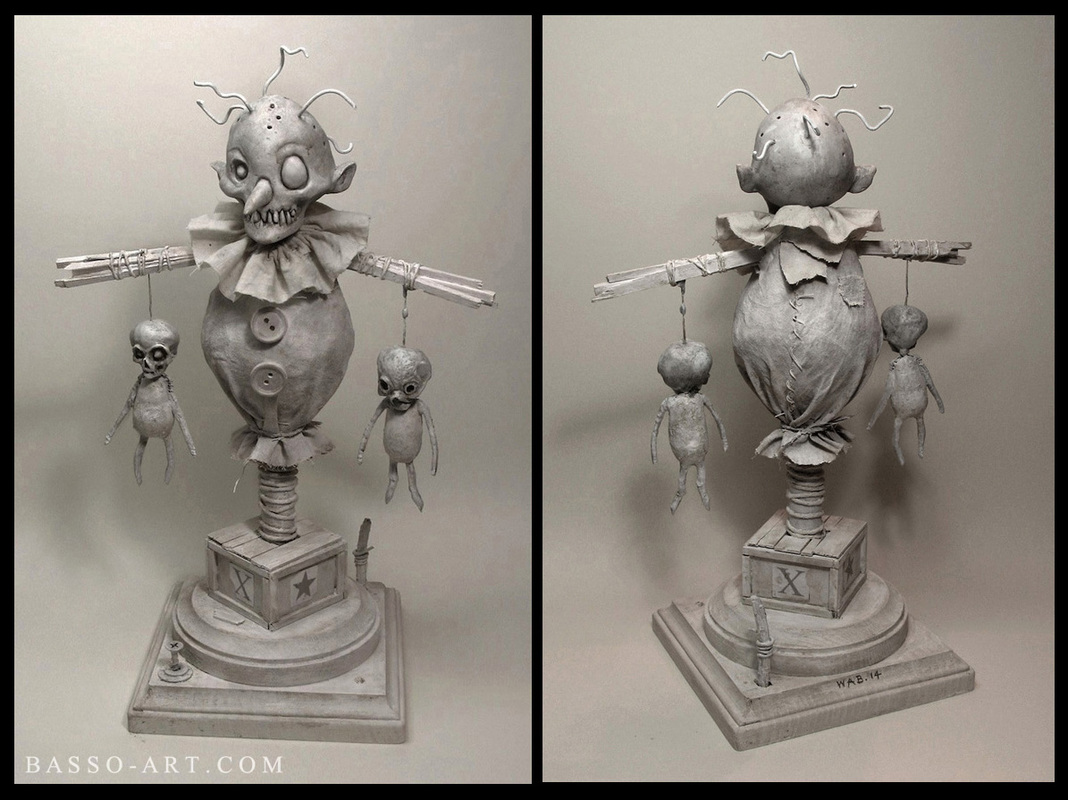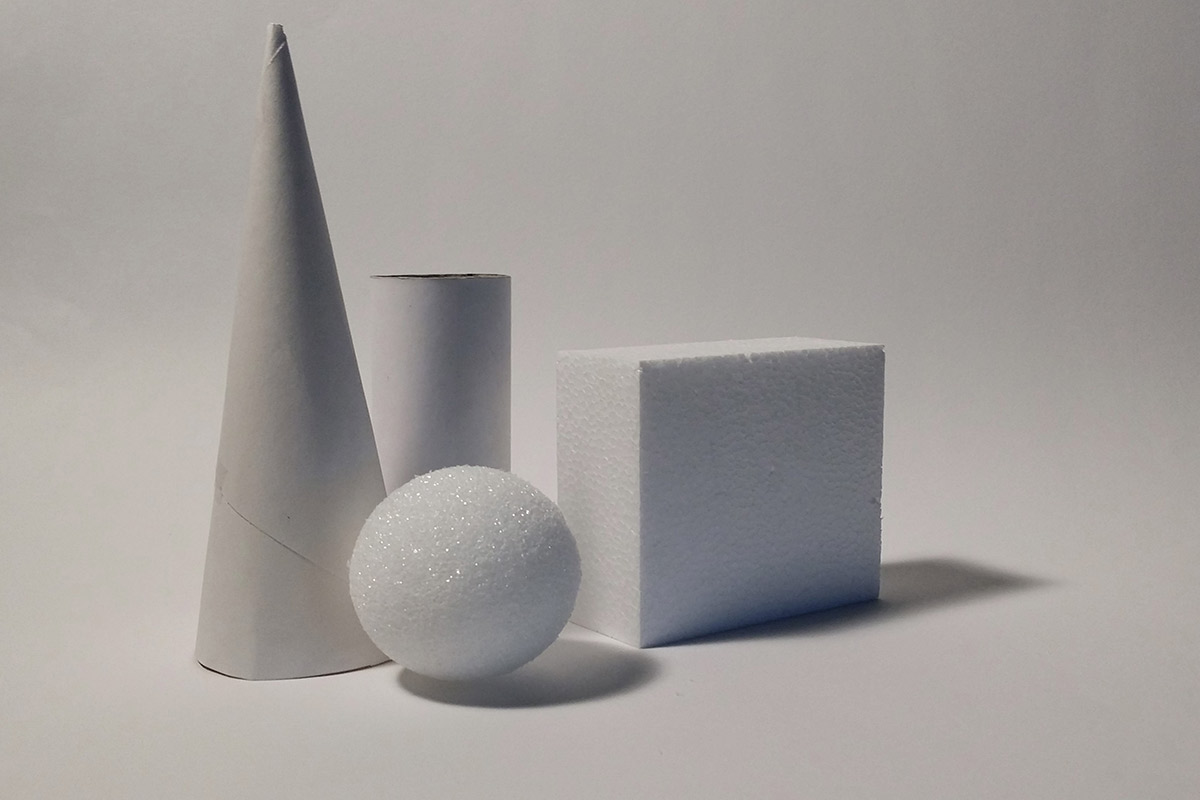

These are not the only examples of 3D art though.

Sculptures and statues can be created in many ways. 1270 BC), discovered in Araba al-Madfuna, Egypt Walters Art Museum, Public domain, via Wikimedia Commons Sunk relief sculpture is an art form associated with ancient Egypt in which depicted images are carved into the base.įragment in Sunk Relief of Female Deity Bearing Offerings (c. High-relief art forms, on the other hand, include sculptures that protrude prominently from the foundation. Bas reliefs are three-dimensional compositions in which figures stand out against a backdrop. Relief carvings, as compared to free-standing sculptures, protrude from the backdrop as pieces of a bigger work of art. Mother of God at the Holy Cross chapel (at sunrise) in Dülmen, North Rhine-Westphalia, Germany Dietmar Rabich / Wikimedia Commons / “Dülmen, Kreuzkapelle - 2014 - 2722” / CC BY-SA 4.0 Artists build sculptures out of wood, stone, or metal, and the appropriate art media is determined by the scale and intricacy of the piece. It is, as the name implies, a standalone art item that typically depicts humans, animals, or abstract themes. This is the dominant three-dimensional form that has existed since antiquity. Traditional three-dimensional sculptures produced from these foundational artworks are: These crudely carved art pieces represented our predecessors’ initial attempts to convey their ideas in tangible form using natural materials.

These statues are said to represent fertility and to have played important roles in numerous rites and festivities.

Throughout Europe, similar figures have been discovered. A little, stone-carved female figure from 230,000 years ago was the first preserved art piece. Originally, humans made sculptures out of wood and stone. As a result of this process, performance and installation artemerged as modern versions of three-dimensional media. However, innovative art groups that flourished in the 20th century questioned the traditional idea of fine art by employing unorthodox art mediums to communicate their aesthetics and beliefs. Two-dimensional art, on the other hand, can only be perceived in dimensions of height and breadth since they are produced on flat surfaces.Ĭlassic three-dimensional media such as reliefs and sculptures have existed since the dawn of time as proof of people’s yearning for artistic expressiveness.įor ages, sculptures have been the main three-dimensional art forms, changing continuously across different time periods of art history. Three-dimensional art objects possess physical space and can be seen from all angles and sides since they are represented in the dimensions of height, breadth, and depth.


 0 kommentar(er)
0 kommentar(er)
